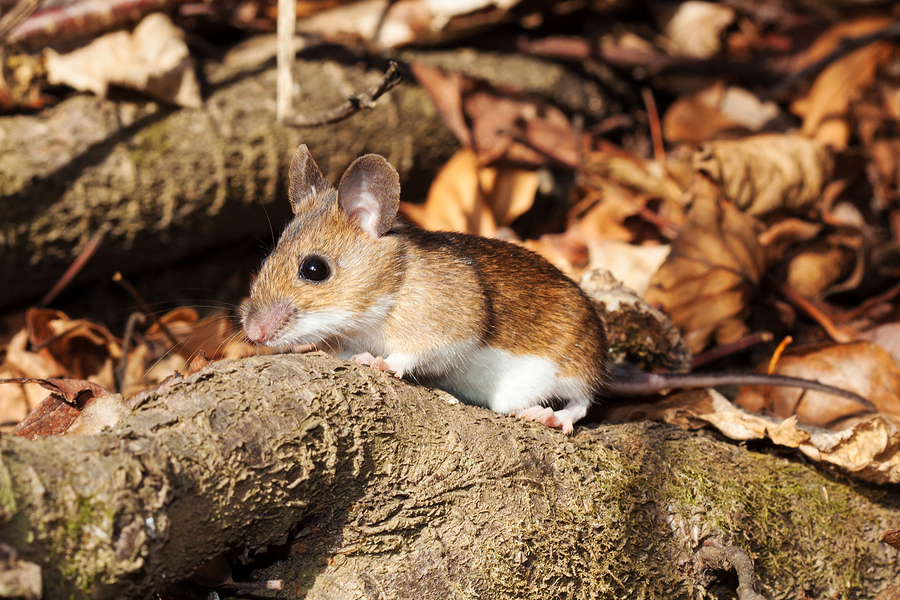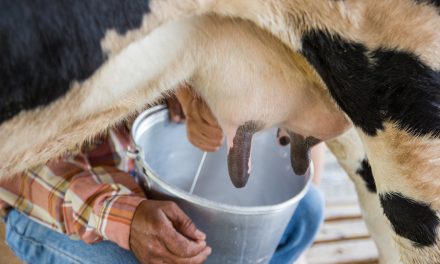Although most people associate deer with Lyme disease the chain of transmission actually begins when an adolescent tick bites a white-footed mouse carrying Lyme bacteria. It makes sense then that if you were to eliminate Lyme from mice that a huge part of your problem would be solved. And that is the idea behind Kevin Esvelt’s “Mice Against Ticks” campaign. Esvelt, who specializes in a field called evolutionary and ecological engineering at MIT Media Lab, wants to “heritably immunize the local white-footed mice.”1He says, “The idea is fewer infected ticks means fewer infected kids.”2
“The nasty bacterial infection can cause fevers, fatigue, and rashes — reason enough to want it eradicated. But left undetected, Lyme disease can spread to the joints, heart and nervous system. As many as 300,000 people contract the illness each year, according to the Centers for Disease Control and Prevention.
Folks living on the idyllic summer getaways off the coast of Massachusetts are especially eager to be rid of the scourge because as many as 40% of the people living on Nantucket have been infected with Lyme disease at some point, according to the local health department.”3
Much like humans develop immunity when they catch a cold, some mice develop an immunity to Lyme naturally. However, that immunity isn’t passed along to offspring. At least not without the help of science.
RELATED STORY:
Enter Duane Wesemann.
Wesemann, an immunologist at Harvard’s Brigham and Women’s Hospital, plans to isolate the genetic code for Lyme immunity and then edit it into the genome of mice. The idea is that those mice will pass the immunity on to their offspring and once a few hundred thousand are released into the wild, generations later (which doesn’t take that long) “no more mice with Lyme.”4
RELATED STORY:
RELATED STORY:
“Esvelt and Wesemann plan to test their idea by releasing about 1,000 genetically modified mice on an uninhabited private island”5 and seeing what happens. However, before it happens on Martha’s Vineyard and Nantucket they will need a majority of residents to agree (and right now they have some opponents- we believe it). And let’s keep in mind that this idea is still theoretical; no one has ever turned a GM mammal loose in the wild before so making it all happen will require time. But, even if the residents of the two islands approve the project, it will need approval from the EPA and maybe the FDA, as well. That means it could be at least eight years before the first mouse is released.
This seems dangerous to us because there is no way of knowing what might happen. What do you think? Are you a resident of either of the islands and ready to vote yes? Leave your comments below.












